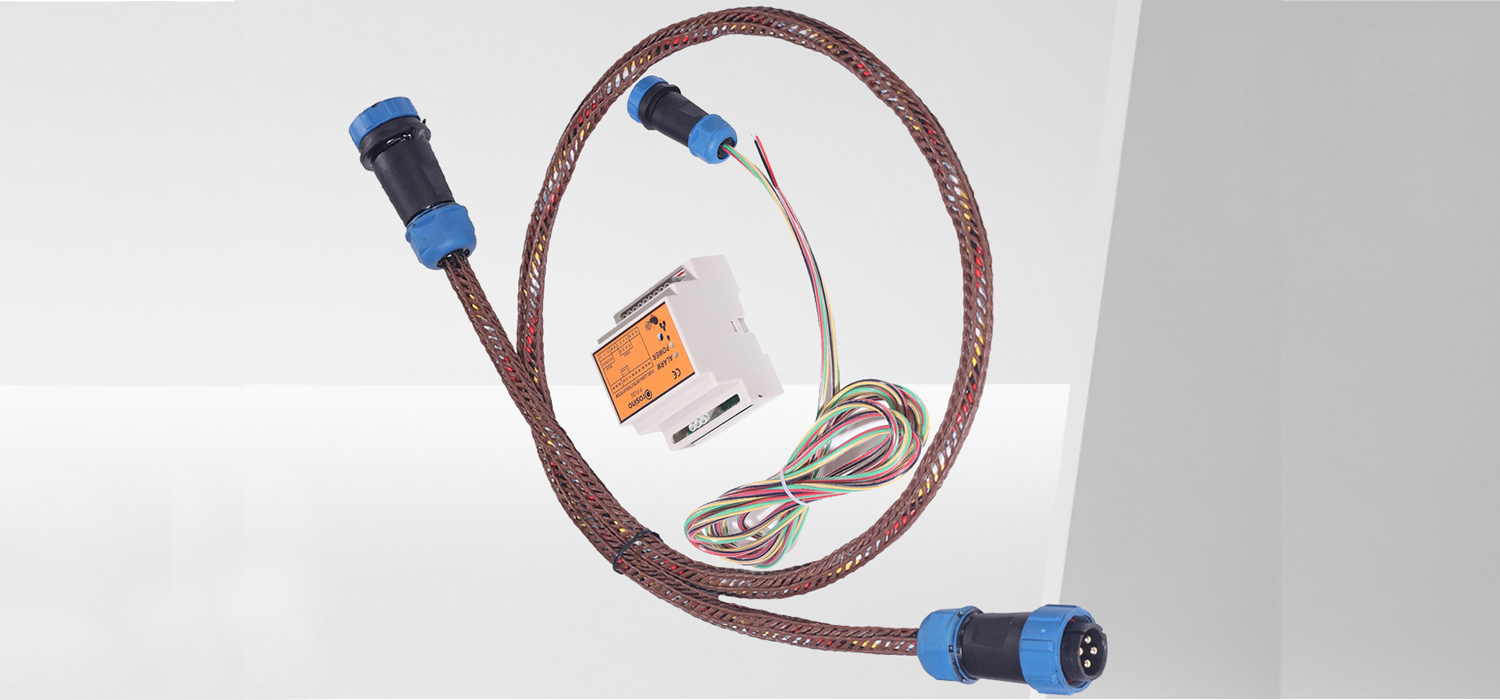Fuel leaks pose a significant threat to both the environment and safety of operations across numerous industries. Traditional methods of detection have long been employed to tackle this issue, but with advancements in technology, modern fuel leak detection systems have emerged. How do these compare, and most importantly, which method is right for your specific needs? This article aims to provide some insights.
I. Traditional Methods of Fuel Leak Detection
Traditionally, fuel leak detection has relied heavily on human senses and judgment. Two common practices have been visual inspections and manual monitoring. Visual inspections involve a person physically examining the site for signs of leakage, such as puddles or staining. Manual monitoring, on the other hand, requires regular checks on fuel levels to identify any unexplained reductions, which may signify a leak.
While these methods can be effective, they come with limitations. Human errors are inherent in these methods due to factors such as fatigue, distraction, or lack of training. Additionally, small leaks might go unnoticed in visual inspections, and it may take a considerable amount of time before a leak is detected through manual monitoring. These methods also lack the ability to precisely locate leaks, making the rectification process potentially time-consuming and costly.
II. Fuel Leak Detection Technology
In contrast, modern fuel leak detection technology employs sophisticated methods to detect and pinpoint leaks. Technologies such as acoustic sensing, infrared imaging, and fiber-optic cable systems can identify leaks with impressive precision and speed.
Acoustic sensors can 'listen' for the distinctive sound that pressurized fuel makes when it escapes from a pipeline. Infrared cameras can detect changes in temperature that indicate a leak. Fiber-optic cable systems can monitor changes in temperature, pressure, and acoustics along pipelines, providing real-time data on possible leaks.
The primary advantage of these technologies over traditional methods is their accuracy and efficiency. They can detect leaks much faster and with greater precision, thereby reducing the time and cost associated with rectifying leaks. They also provide a significant safety benefit by minimizing human exposure to potentially hazardous situations.
III. Choosing the Right Approach
Selecting the right approach for fuel leak detection depends on a variety of factors. The cost of implementing modern detection technology can be higher than traditional methods, making budget a key consideration. However, it's important to weigh this against the potential costs of undetected leaks, including environmental damage, regulatory fines, and damage to reputation.
The industry in which you operate may also impact your choice. For example, industries that handle large volumes of fuel, or where leaks could pose a significant safety risk, might benefit more from modern technology.
Lastly, consider the level of precision needed. If precise leak location is crucial, or if leaks must be detected quickly to minimize impact, modern technology may be the best choice.
Conclusion
In conclusion, while traditional methods of fuel leak detection have their place, modern fuel leak detection technologies offer significant advantages in terms of accuracy, efficiency, and safety. The right approach depends on your unique needs and circumstances. By considering factors such as budget, industry, and precision requirements, you can make an informed decision that best serves your fuel leak detection needs. Remember, an effective fuel leak detection system is not just an investment in operational efficiency, but also in safety, environmental stewardship, and peace of mind.

